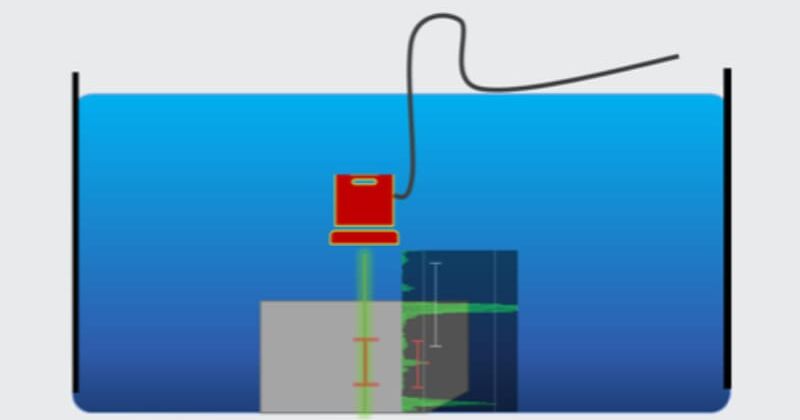Why use IFT Gates?
![]() 28th September 2022
28th September 2022
Nicolas Morissette
Sonatest

Ultrasonic immersion assessments can offer numerous advantages compared to contact manual testing. The main advantage is the repeatability of the results due to constant and stable coupling. In addition, it can be used on different materials, such as steel, aluminium, and composites.
One problem that could occur during scanning is variations in the water column (the distance in between the part and face of the ultrasonic probe). This could lead to an error in the measurements.
The industry has addressed this problem by creating an interface trigger (IFT) gate. Interface triggering is used to sync signal interfaces when they vary from one A-scan to another. The right gate settings provide accurate measurements over fast A-scan signal fluctuations. This feature overcomes many issues inspectors face when performing contact assessments, such as:
- Lack of coupling, especially with rough surfaces
- Water path variations
- Sound beam axis variations due to frequency and/or element size changes
The interface location can be set according to the flank, first peak or highest peak. You can also combine all echo-to-echo functions and sizing methods with an IFT setup.
